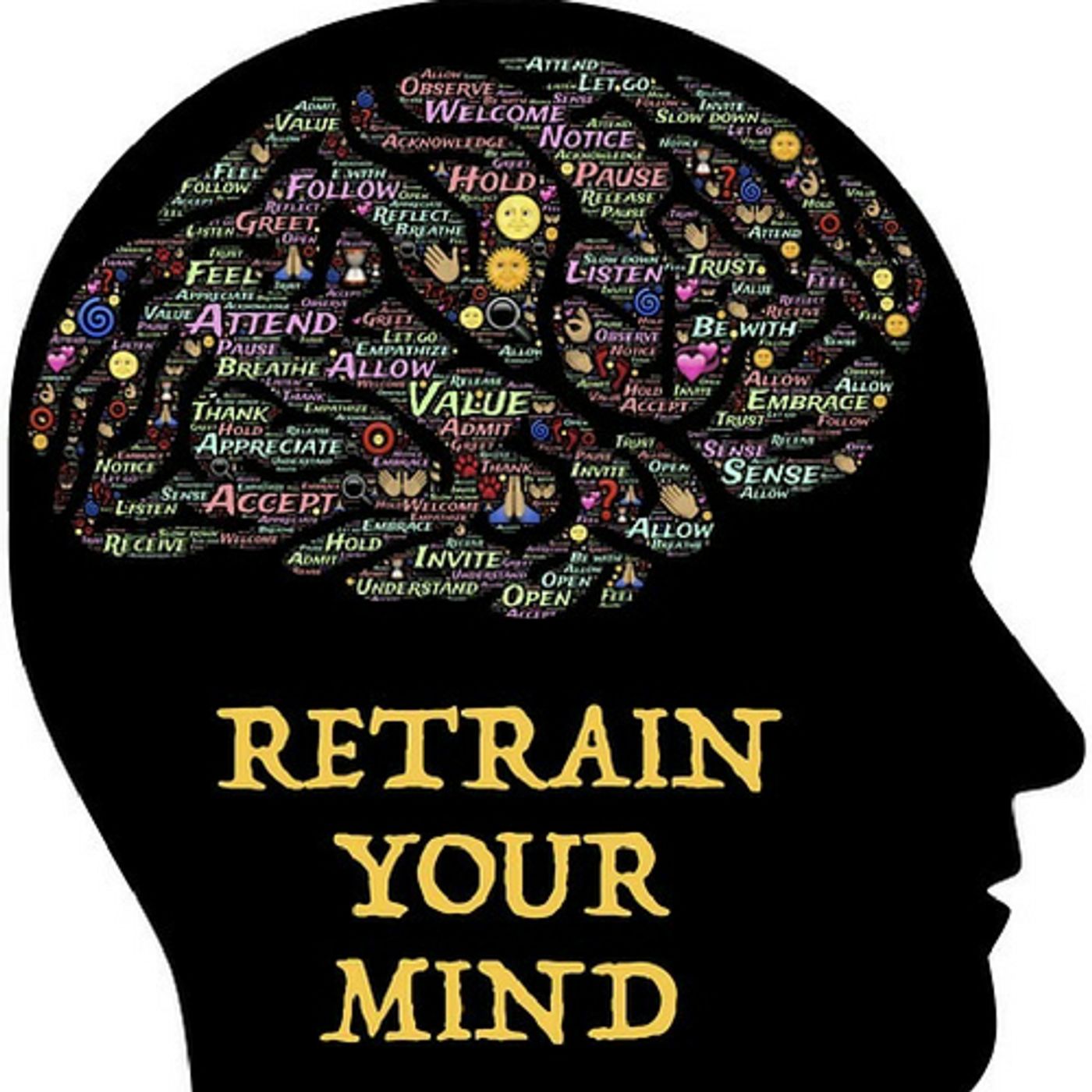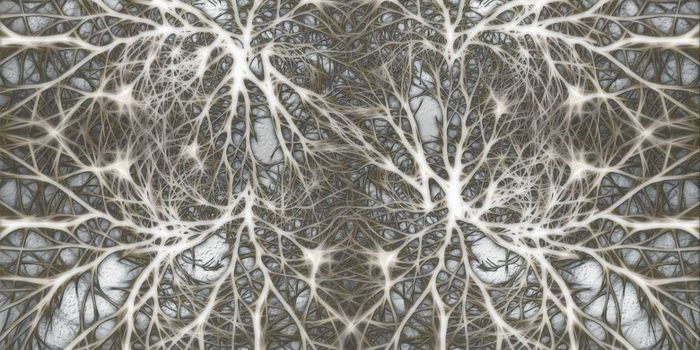MRI Game Helps Patients With Autism
Functional MRI scans,(fMRI) are an invaluable tool in assessing brain function. While the patient performs some cognitive task, the scan can show which parts of the brain are connecting and which, if any, are disrupted.
A recent NIH study of youngsters who had a diagnosed Autism Spectrum Disorder showed that just by a playing a game while undergoing a fMRI scan, the patients were able to rewire their brains to increase activity in some regions and regulate overall brain function.
In young people who have an ASD, the parts of the brain that regulate social behavior are “under-connected” meaning the brain doesn’t use these pathways to convey messages and process information. Getting these areas to activate is difficult because that’s a big part of autism; processing social cues is difficult for these patients. In neurotypical patients, it’s much more spontaneous. The brain just knows what to do. Two areas that make up the “social brain” were targeted in this study.
The game involved putting puzzle pieces together on a virtual screen. The subjects, 17 males with autism and ten without, were asked to imagine the parts in place, and try to get the pieces to appear on the screen and reveal the picture. They were given very little information on how to do it; they were essentially told to strategize. They were promised prizes and monetary rewards if they successfully revealed the picture. The game was taking cues from the subjects’ brain activity, however, and when parts of the social brain became active, the more pieces would fall into place. The boys did not know this was how it worked. Subconsciously, when their brain activity showed increased connectivity in the social areas, the pathways were boosted by the reward system of the brain. One thing the brain knows how to do is chase a reward, so when it happened, the brain would again use the under-connected areas.
Alex Martin, Ph.D., chief of NIMH’s Section on Cognitive Neuropsychology explained, “Rather than specifying explicit tasks, the game provided positive reinforcement for spontaneously achieved desired states of circuit activity. Such implicit training resulted in significant long-term connectivity increases in the suspect circuits that were correlated with improvements in behavior. This proof-of-principle suggests that covert neurofeedback may have potential as an intervention in ASD – and perhaps in other disorders of circuit under-connectivity.”
The feedback in the game that came when the circuits spontaneously activated was covert, in that the participants had no idea it was happening. In autism, the part of the brain that governs social behavior doesn’t function properly. Children with ASD can be taught how to navigate social situations appropriately, but it doesn’t happen organically, it happens in other parts of the brain that are not optimal for social behavior. Getting the right part of the brain to connect more efficiently is the goal, and this project achieved that. More extensive studies will be needed to find out more, but this was a significant first step. The parents of the study volunteers noticed that after undergoing the scans, social behavior improved. Follow up scans were done between 5 and 56 weeks after the initial training fMRI and also showed increased connectivity in the social brain, so the effect lasted even after the game was done.
Post-doctoral fellow Michal Ramot, Ph.D., noted that doing the study with the MRI scanner calling the shots based on brain activity, without the subjects knowing the mechanism, was the best way to improve brain function legitimately. She explained, “Showing faces or other social stimuli would only activate networks wired in a sub-optimal way, so we found a way to bypass this. We show pictures that are completely unrelated to social behavior that we thought participants would like, while still being relatively abstract – such as mechanical things or board games. Participants never really reach the ‘true’ strategy, because there is no explicit strategy for getting these networks to co-activate. That’s why the scanner is useful. When we do neurofeedback, we go directly to the networks.” In the future, the application of the work might be with EEG readings, which are less expensive and more readily available.
Check out the video below to hear more from the NIH team that published the study.
Sources: NIMH, eLife via PubMed









